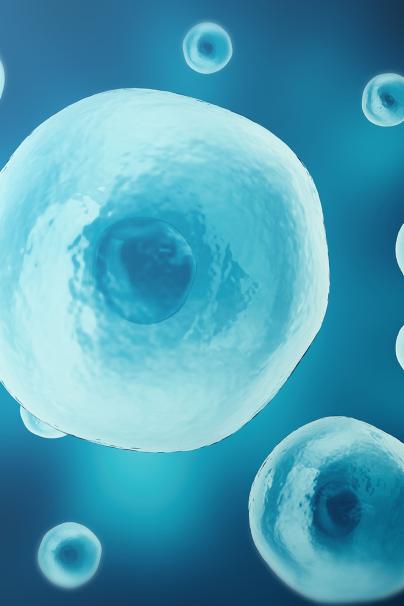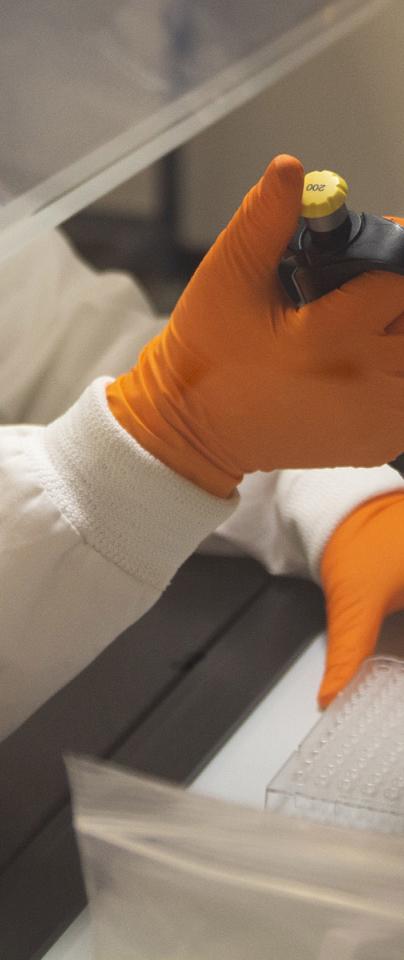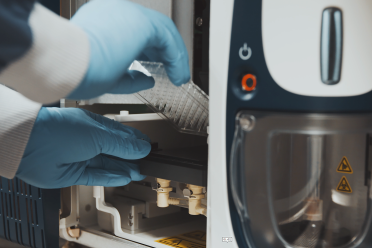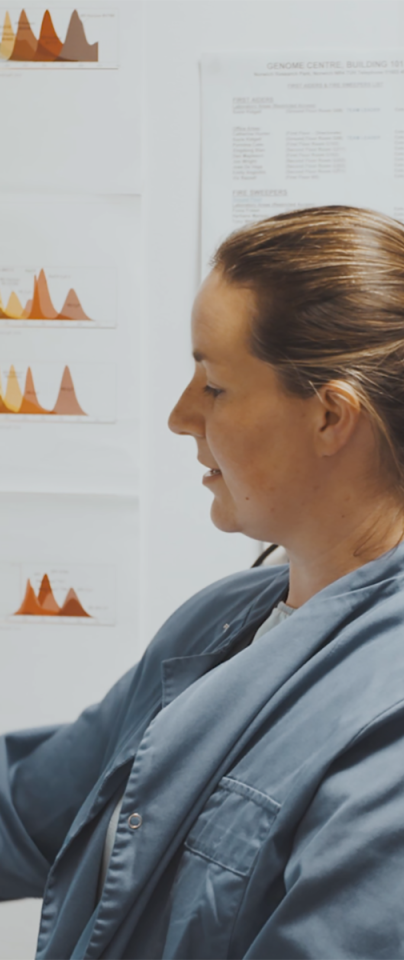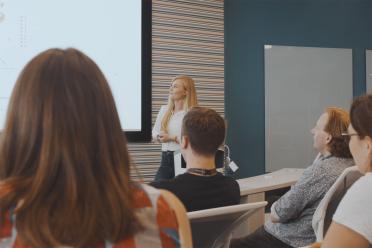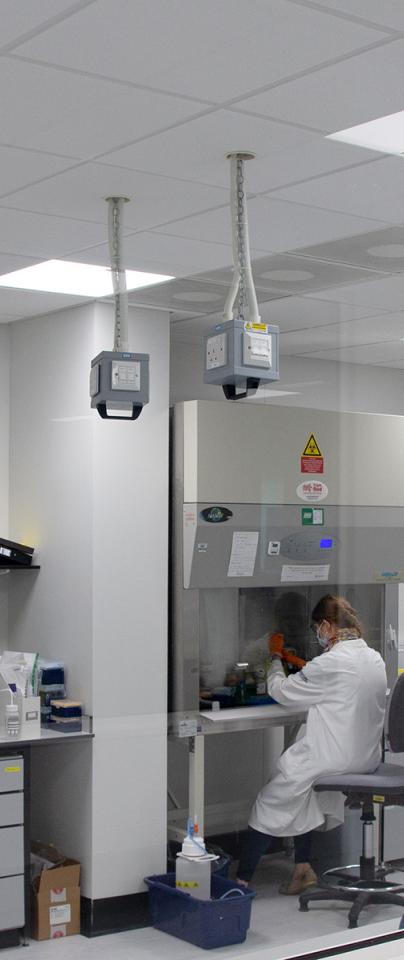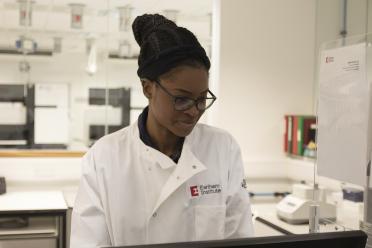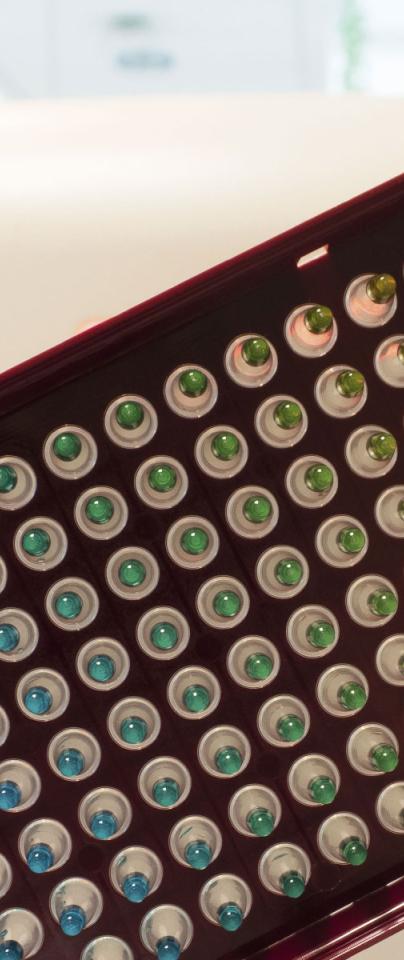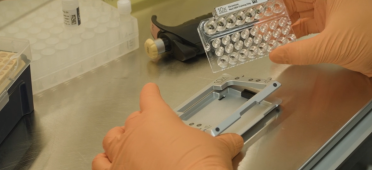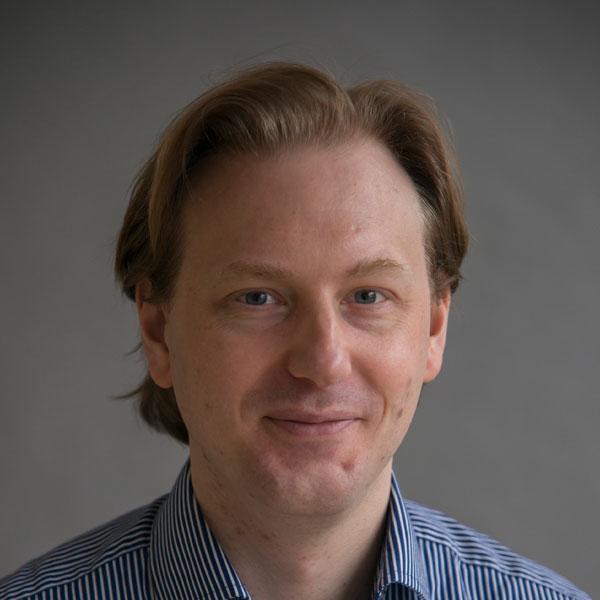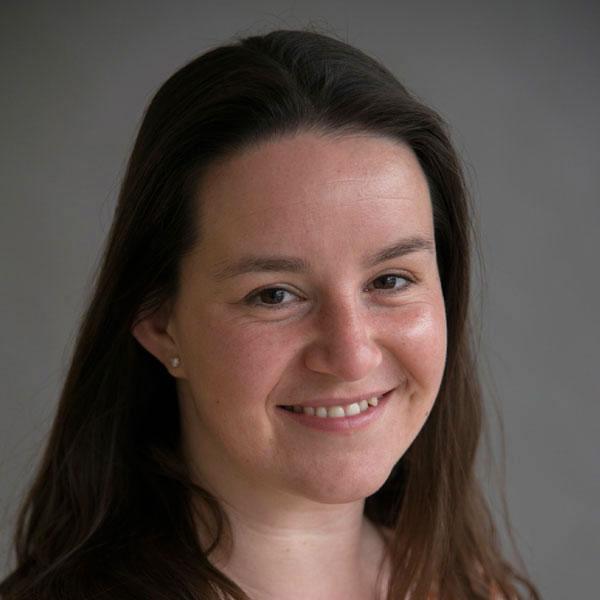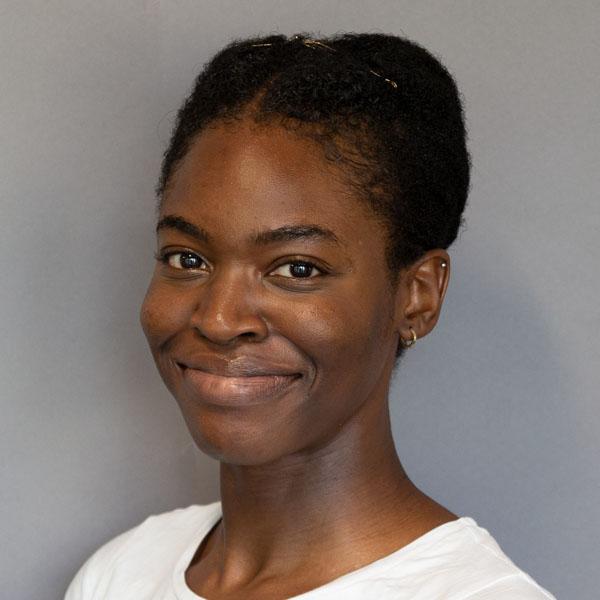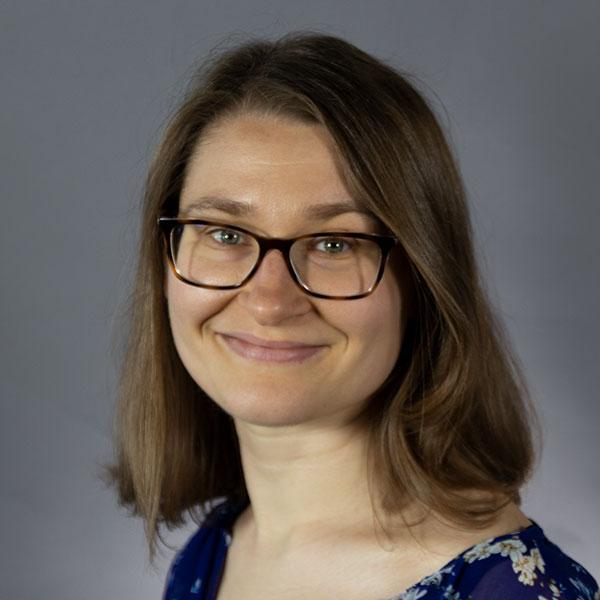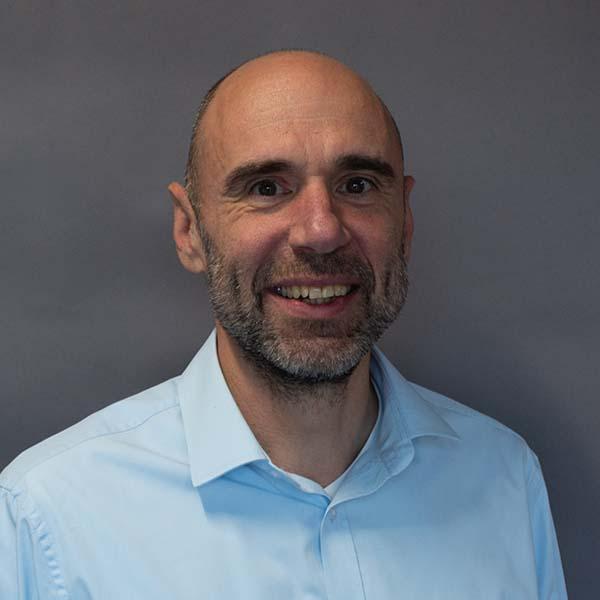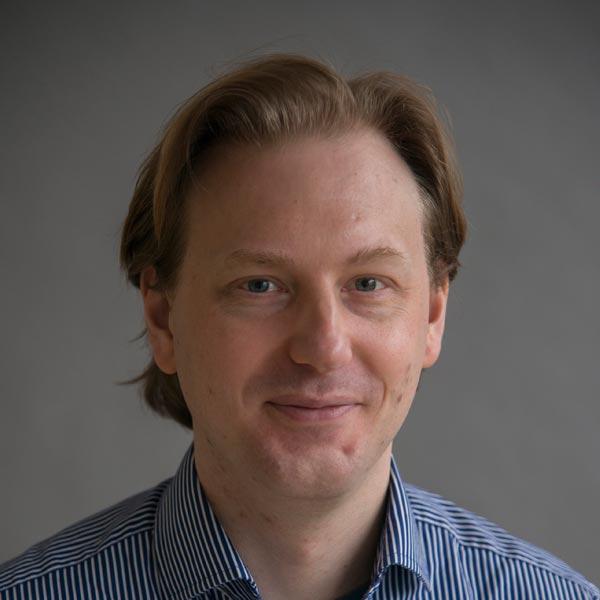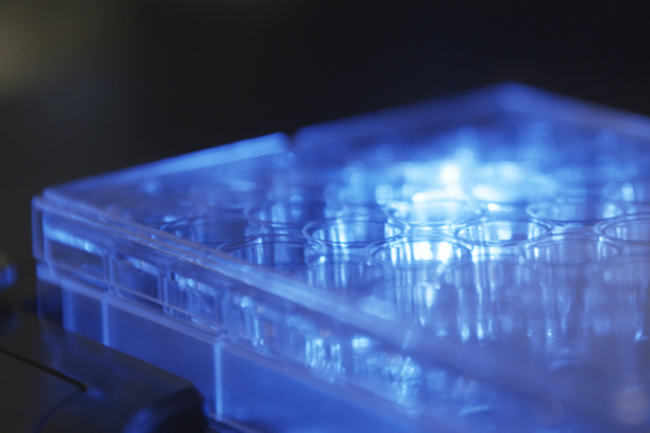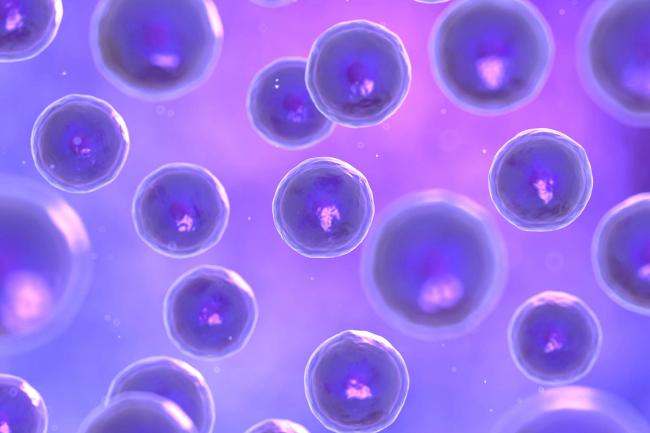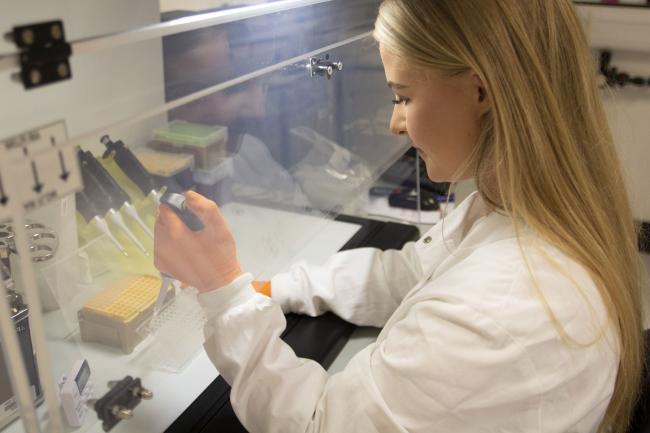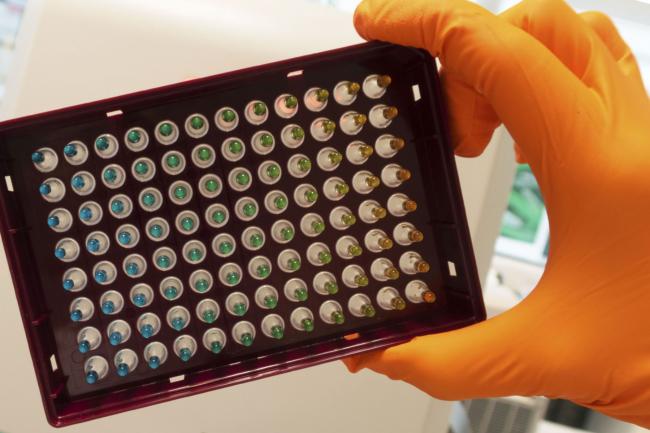Single-celled organisms are, naturally, perfect candidates for single-cell sequencing. Accessing genomic information from individual bacteria, for example, is allowing the team to explore evolutionary processes as the population adapts to antibiotics.
One area where this is incredibly important is in understanding how antimicrobial resistance (AMR) emerges.
To tackle this, Dr. Johana Hernandez and Dr. Matt Bawn worked with the single-cell group, as part of a collaboration between EI and the neighbouring Quadram Institute, to establish experimental and computational tools to sequence the entire genomes of individual Salmonella. They used this data to extract mutational signatures associated with adaptation to antibiotics and were able to build a ‘family tree’ of the bacterial population as it evolved.
Bawn, a Postdoctoral Scientist at EI and the Quadram Institute, says: “This is giving us an unprecedented snapshot of how AMR can emerge.
“Although we profiled just a few hundred bacteria, we saw several sub-populations - including some which had already acquired one or two mutations known to enable resistance.
“This has really changed how we’ll approach these questions in future, and we’re now looking at ways to profile thousands - or hundreds of thousands - of bacteria in a single experiment.”
Beyond this, methods developed in the lab have been adapted to study biodiversity at single-cell resolution.
Protists are single-celled organisms which are neither plant, animal or fungus, yet they make up a huge proportion of Earth’s biomass and biodiversity. As part of the Darwin Tree of Life project, EI has used parallel Genome and Transcriptome sequencing - or G&T-seq - from the same single cell to profile the DNA and RNA of individual protists.
“The ability to unlock this kind of information from single protists - using methods originally developed with cancer biology in mind - enables us to explore their diversity in a whole new way,” explains Professor Neil Hall, Director of EI and one of the scientists leading the Darwin Tree of Life project.
“We can start to think about generating annotated reference genomes from individuals within a population. This will give us a unique insight into the complexity of protist communities and protist functional genomics.”
